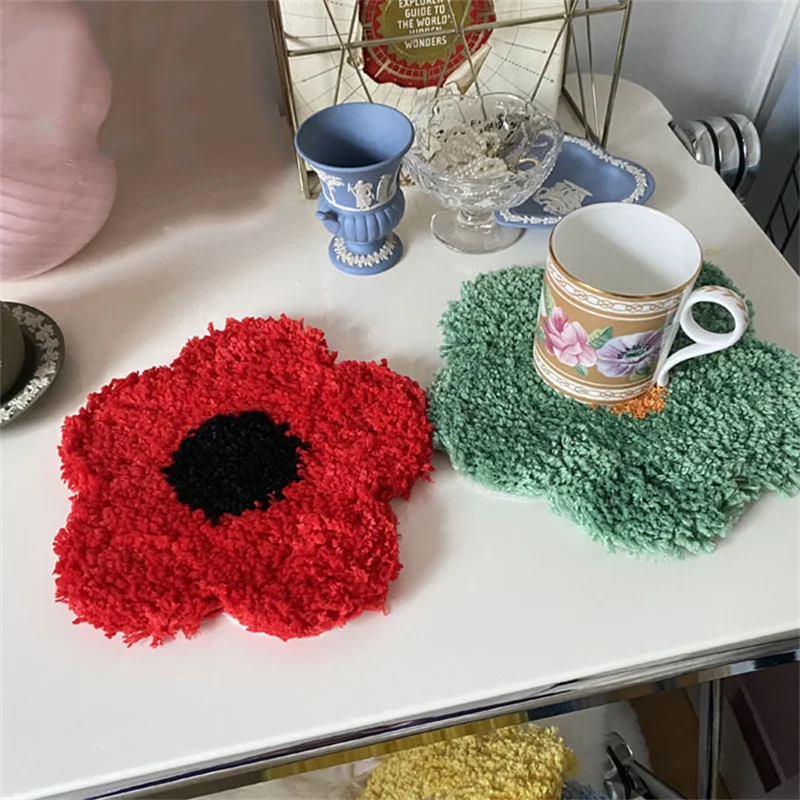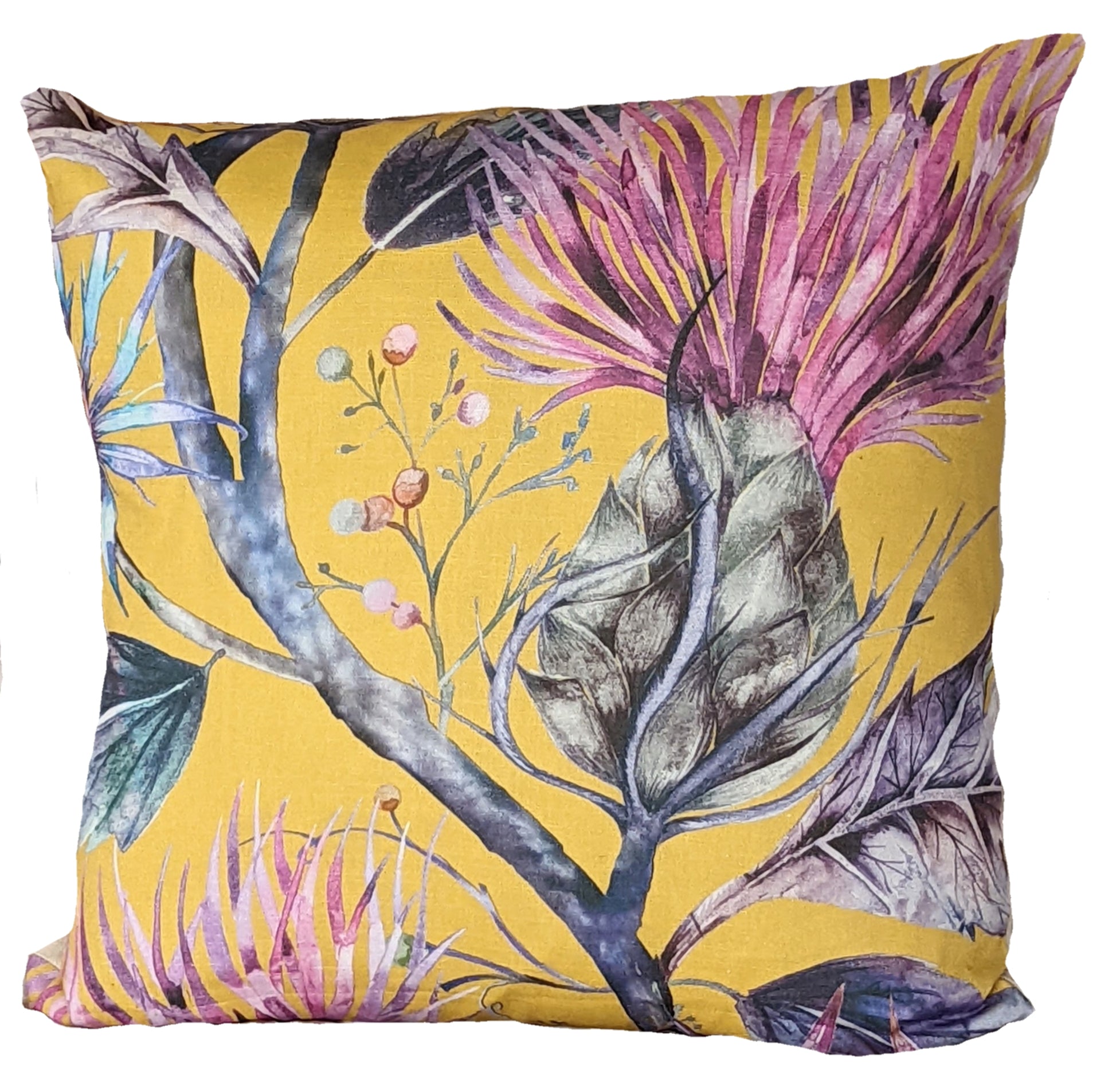A Biased View of Unique Art
Unique Art Things To Know Before You Get This
Table of ContentsSome Known Details About Unique Art Some Known Incorrect Statements About Unique Art All About Unique ArtNot known Details About Unique Art
While one might discuss which art form holds precedence, the truth continues to be that each of these seven forms gives an unique home window right into human history, society, and advancement. They are the tapestries that chronicle our journey, reminding us of our past while inspiring visions for the future.Fantastic art work informs a tale, makes people look twice, and creates a special experience that can't be matched. Art and pictures interact every one of that with shade, shape and various other design elements. Find out exactly how to make your one-of-a-kind artwork stand apart from the group.
3 Emil DervishIn this entranceway by Emil Dervish that lovely cobalt blue door steals the show. To bring also more drama, he extended the paint. to the doorframe and the wall up, completing in a curved form. The contours, in addition to a spherical sconce, soften the sides - Unique Art. Frames vintage posters and maps of cherished places established the scene.
8 TRIA GIOVANEqual parts grand and laidback, this entrance hall created by Anthony Baratta is the ideal plan to comply with if you're decorating a formal entryway that still really feels unfussy and comfortable. Patterned textiles take facility stage (see the rugs and the sofa), but they also help bring the high ceilings down to a human scale when hung over wallpaper.
Excitement About Unique Art
18 Heidi Caillier DesignA gallery wall surface does not require to take up the whole space. Actually, sometimes a little one can make a bigger style statement. In this living-room, Hiedi Caillier went with micro-mini structures and an arbitrary composition. Promotion - Continue Analysis Below19 Stephen Kent JohnsonDesigner Juan Carretero chose a deep eco-friendly paint shade to contrast with the light wood coatings.
The aspects of this languageits shapes, lines, colours, tones, and texturesare utilized in various means to create feelings of quantity, space, motion, and light on a flat surface area. These aspects are integrated into meaningful patterns in order to represent real or supernatural sensations, to analyze a narrative style, or to develop wholly abstract aesthetic connections.
Later on the idea of the "fine artist" developed in Asia and Renaissance Europe. Noticeable painters were afforded the social status of scholars and courtiers; they authorized their job, chose its design and often its subject and imagery, and developed an extra personalif not constantly amicablerelationship with their customers. Throughout the 19th century painters in Western cultures started to shed their social setting and safe patronage.
The 4-Minute Rule for Unique Art
Others gained an earnings through touring exhibitions of their work. The need to attract an industry had replaced the similar (if less impersonal) needs of patronage, and its result on the art itself was most likely similar as well. Unique Art. Normally, musicians in the 20th century can get to a target market just through business galleries and public museums, although their job might have been occasionally recreated in art periodicals
It is the sense of inevitability in this official company that offers a fantastic painting its self-sufficiency and visibility. The colours and placing of the major pictures in a layout may be sometimes largely chosen by representational and symbolic considerations. Yet it is the formal more information interaction of colours and shapes that alone is qualified of interacting a specific state of mind, producing optical sensations of space, quantity, activity, and light and developing pressures of both consistency and stress, also when a paint's narrative significance is obscure.
Don't duplicate the design of other musicians if you're looking for your design. Duplicating other individuals's artwork can be wonderful in educational purposes but it will certainly not make you closer to locating your very own one-of-a-kind design. Your imaginative style has to be, what you like and what motivates you.

Unknown Facts About Unique Art
You need to try great deals of various options and discover everything before you can focus on one certain design or you'll be tired, or even worse, you'll despise your very own style. I suggest you to try every solitary subject that you're interested in, check out as much as you can. Attempt different mediums that thrill you and new methods you have actually never attempted before.
With time you'll be able to sort every one of them into your favored and least try this favored groups. Try to focus your attention on the topics and mediums that you like and before you see it coming you'll have your own personal and unique style, like nobody else have! So in the end you'll have a couple of preferred based on repaint and maybe a couple of favorite tools.
